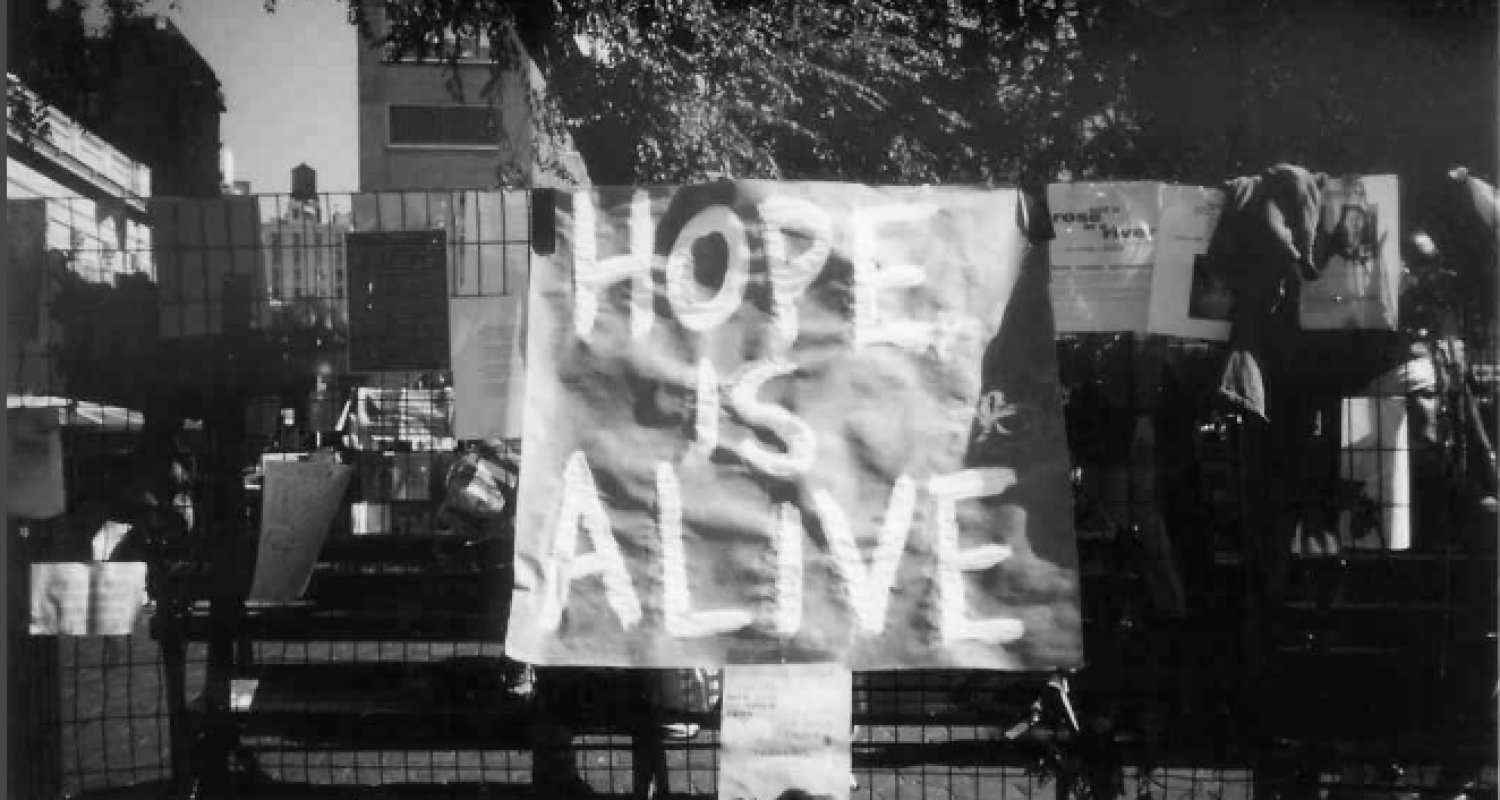A Reflection on the work of Jeff Gorter, Human Resilience, and the Power of Hope
Jeff Gorter wants you to know that hope is still alive.
After 29 years of providing consultation and extensive on-site critical incident response to businesses and communities affected by disruption, the Vice President of Crisis Response Clinical Services at R3 Continuum knows tragedy inside and out.
Jeff was in New York, directly responding to the Sept. 11 terrorist attacks 20 years ago. He’s responded to major natural disasters—like Hurricane Katrina, or earthquakes and tsunamis in Japan—and he’s also been at the horrendous shootings at Virginia Tech, Newtown, Orlando, and Las Vegas.
Prior to his work at Crisis Care Network, which would eventually merge with its two sister companies to become R3 Continuum, Jeff worked as an outpatient therapist and addiction specialist at a private mental healthcare facility.
Needless to say, Jeff has seen some of the darkest and most traumatic events in recent history. He has witnessed the impact of these tragedies firsthand, playing out in the stories and hurt of the people he has encountered throughout his history of response work.
You’d think that Jeff might be tired after his long years spent as a caregiver. After all, he has the weight of collective memories, experiences, and pain to carry with him for the rest of his life. When I met with him for the first time, he was preparing to leave for a three-week trip to Spain to complete the Camino de Santiago pilgrimage.
Jeff mentions that part of the reason he was inspired to trek the Camino trail was to take some time to reflect on “what it all means”—to find some much needed (and well-deserved) clarity and rest after his years spent responding to crisis.
Yet, despite having witnessed so much hurt in the world, the message Jeff shares isn’t one of despair.
Shockingly, it’s one of hope.
As he reflects on the 20 year anniversary of the 9/11 terrorist attacks that sent shockwaves through America, he shares some stories of what he experienced interacting with people on the ground in New York.
One of the first things he recalls is the unmistakable scent and dust that permeated the air following the attacks and the fall of the Twin Towers.
What made the dust excruciating wasn’t so much the fact that it made breathing difficult—it was the knowledge of what was inside of it.
The dust wasn’t just dust; the dust was people.
This knowledge was particularly triggering for one person that Jeff ran into, who had the telltale numbers of a Holocaust survivor tattooed onto their forearm. For this survivor, the dust was a visceral reminder of the pain they had experienced.
Another story he shares is of a man he encountered who asked him, “they made it out okay, right?” in reference to the people trapped in the burning towers.
For this man, it was necessary to cling to the hope that someone came out alive from the event. Jeff notes that this is actually a coping mechanism, called repressive (suppressive) coping: in other words, someone is actively editing the reality of what happened because they cannot deal with it. From a clinical perspective, this is equally healthy to expressive coping, since the person is exercising regulatory responsibility over their mental state.
As a crisis and grief counselor, Jeff says that his role in interacting with someone (such as this particular man) is not to tell them what they need, but rather to walk alongside the person and give them opportunities to share (or not share) depending on what they decide they need.
The second time I met with Jeff, I realize he has unintentionally taken the “walking alongside” part quite literally—as he recently returned from walking roughly 321 kilometers, or 199 miles, along the “Camino Primitivo,” or “Original Way.” The Camino Primitivo is considered the oldest and most arduous route of the Camino de Santiago, and it is also typically the route least taken by trekkers on their first pilgrimage. Despite being the most isolated path—with little chance of running into other trekkers—Jeff mentions one particular man that he walked and talked with, Lorenzo, who had lost his wife five weeks prior to beginning the Camino.
It may seem serendipitous that Lorenzo found himself in the company of a grief counselor, but I can’t help but think maybe it was meant to happen. It also seems ironic that Jeff’s original purpose in setting out on the Camino trail was to take time for himself, yet he ended up providing comfort to a recently widowed man along the way—which in turn fills him up.
This isn’t surprising, however, as people have always seemed to feel comfortable sharing things with Jeff, even as far back as high school—where peers would confide in him because it felt safe to do so.
Although Jeff successfully fulfilled his wish for quiet hours spent in reflection, he also says that he came out of the experience with a renewed passion for intentionally listening to others.
While intentional listening and genuine care for others are largely required by Jeff’s job as a therapist, it’s more than that—these qualities are part of who he is as a person.
This might be why he chose to get on a plane to New York four hours after receiving a call for crisis response help following 9/11, although he had never responded to a large-scale event and had only volunteered in the crisis response field before.
When asked how he manages to sustain his work (which requires a great deal of mental strength and emotional capacity), Jeff says that when he arrives onsite at a crisis, he enters the event without pretending to have the ability to solve all of a person’s problems.
Instead, he simply seeks to bear witness to another person’s pain.
In the aftermath of Hurricane Katrina, Jeff asked a young woman in New Orleans if anything he said or did helped her.
She said, “It was nothing you said that helped, it was that when you looked at me—there was hope in your eyes.”
This innate sense of hope that Jeff possesses might be why he has managed to continue in his work after all these years.
It also solidifies the importance of what we know to be true: that a counselor onsite after a disruptive event has the power to directly impact someone’s life for the better, with something as simple, courageous, and bold as the power to hold hope.
The most emblematic story Jeff shares from his experiences in New York is of a sign he saw hanging on a metal fence, in stark juxtaposition to the other signs posted around it—hung by New Yorkers looking for missing loved ones they had lost in the aftermath of the terrorist attacks.
In bright white paint, the message on the sign couldn’t be missed: “HOPE IS STILL ALIVE.”
For Jeff, this was one of the most striking examples of human resilience he had ever seen.
20 years later, as the US deals with another tragedy—the pandemic—this message is still needed just as much as it was then.
What makes hope so powerful is that we can use it to shape the way we come out of tragedy, and the stories we choose to take with us.
As Jeff says, “The events are the events, the narratives are where we have a surprising amount of control.”
Hope is still alive.







